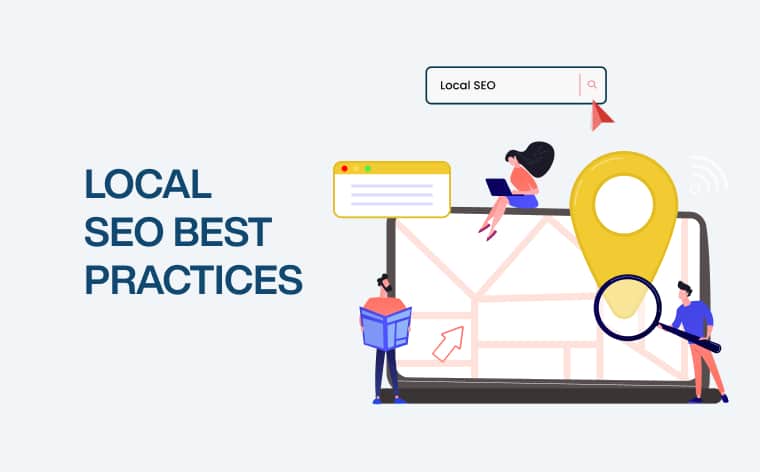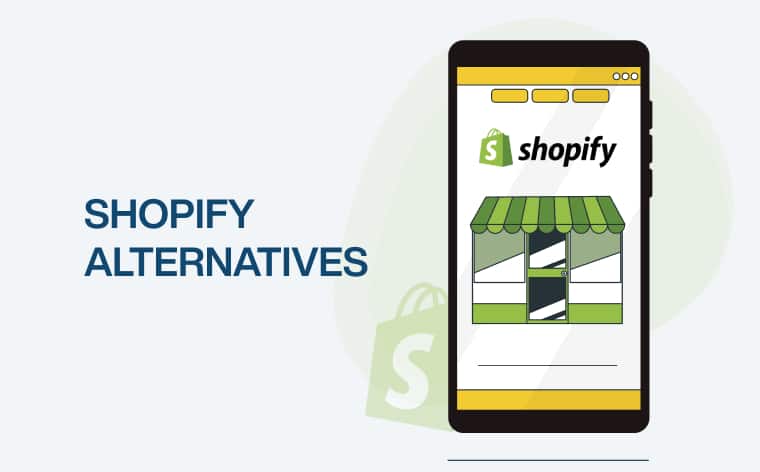What Does D2C Mean? & What Are the Challenges of D2C?
26 Jun 2024 | 5 min read
In recent years, the Direct-to-Consumer (D2C) market has surged, growing at a remarkable rate of over 19% annually, and is projected to reach $175 billion by 2025. This rapid growth reshapes the retail landscape, offering brands unprecedented opportunities to connect directly with customers.
What is D2C?
D2C stands for Direct-to-Consumer. It’s a business model in which brands sell their products directly to their customers, cutting out intermediaries like wholesalers and retailers. This means everything from marketing to sales happens directly between the brand and the consumer, often through online platforms.
The D2C model isn’t entirely new, but its popularity has skyrocketed with the advent of e-commerce and digital marketing. Initially, brands relied heavily on physical stores and third-party retailers to reach customers. However, as online shopping became more prevalent, brands saw an opportunity to build a direct relationship with their consumers. This shift gave them more control over their branding, customer experience, and data.
Key Characteristics:
- Direct Sales to Consumers Without Intermediaries:
- Brands handle everything from production to sales, shipping directly to the consumer. This direct line of communication and transaction eliminates the need for intermediaries.
- Focus on Online Presence and Digital Marketing:
- D2C brands leverage websites, social media, and other digital marketing tools to reach their audience. This approach helps them build a solid online presence and engage with their customers more personally and effectively.
- Personalized Customer Experiences:
- By interacting directly with consumers, D2C brands can offer personalized shopping experiences. They can tailor their marketing efforts and product recommendations based on customer preferences and behaviors.
Examples of D2C Businesses:
Warby Parker
This eyewear brand disrupted the traditional optical retail market by offering stylish glasses directly to consumers at a fraction of the cost. They also provide an at-home try-on service, enhancing the customer experience.
Dollar Shave Club
Known for its subscription-based model, Dollar Shave Club delivers razors and grooming products directly to customers’ doors. Their humorous and relatable marketing campaigns have significantly impacted their success.
Glossier
A beauty brand that has built a cult following through its direct-to-consumer approach. Glossier engages with its customers primarily through social media, creating a solid community and personalized shopping experience.
Lenskart
Lenskart is an innovative eyewear brand that provides consumers a wide range of stylish and affordable glasses. It offers a unique home eye check-up service and a virtual try-on feature, making the shopping experience convenient and personalized.
boAt
Known for its affordable and stylish audio products, boAt sells headphones, earphones, and speakers directly to consumers. By leveraging social media and influencer marketing, boAt has built a strong community and brand loyalty among tech-savvy consumers.
Mamaearth
A personal care brand offering toxin-free and natural products directly to consumers. Mamaearth engages with its customers through social media and a strong online presence, promoting transparency and trust with a focus on sustainability and health.
Benefits of the D2C Model
Increased Control
With the D2C model, brands fully control their branding, marketing, and customer experience. This means they can craft their message and present their products exactly how they want, ensuring consistency across all touchpoints.
Higher Margins
By cutting out intermediaries like wholesalers and retailers, D2C brands can enjoy better profit margins. This means more sales revenue goes directly to the brand, which can be reinvested into the business to drive growth.
Direct Customer Relationship
One of the biggest perks of the D2C model is the ability to build direct relationships with customers. Brands can collect and analyze customer data, gaining valuable insights into their preferences and behaviors. This information can be used to tailor marketing efforts and create more personalized experiences, leading to improved customer loyalty and engagement.
Flexibility
D2C brands can respond more quickly to market changes and consumer trends. Without the constraints of traditional retail channels, they can pivot and adapt their strategies more efficiently, keeping them ahead of the competition.
Challenges of the D2C Model
Marketing and Customer Acquisition
While the D2C model offers many benefits, it also comes with challenges, especially in marketing and customer acquisition. Digital marketing can be expensive, and attracting customers online requires a strong presence and effective strategies. Brands need to invest in marketing to stay visible and competitive constantly.
Logistics and Supply Chain Management
Managing logistics and supply chains can take time and effort. Brands must efficiently handle everything from fulfillment to shipping and returns. This requires robust systems and processes to manage inventory and deal with the complexities of the supply chain.
Customer Service
In the D2C model, brands are directly responsible for customer service, which means they must meet high expectations. Providing seamless, responsive support is crucial to maintaining customer satisfaction and loyalty, but this can be challenging, especially as the business grows.
Scalability
Another hurdle is scaling a D2C business while maintaining quality. Growth must be managed carefully to ensure the customer experience remains consistent and high-quality. This requires careful planning and investment in resources and technology.
Competition
The D2C space is becoming increasingly crowded, so brands face stiff competition. Staying ahead requires constant innovation and offering unique value propositions that set them apart from others in the market.
How to Overcome D2C Challenges
Effective Marketing Strategies
To tackle the high marketing costs and customer acquisition, use a mix of social media, influencer marketing, and content marketing. These methods help you reach your audience in engaging ways. Also, remember to leverage SEO (Search Engine Optimization) and PPC (Pay-Per-Click) advertising to boost your visibility online.
Optimizing Logistics
Managing logistics can be a headache, but partnering with reliable providers can make a big difference. Invest in technology to streamline your inventory and supply chain management. This will help you handle fulfillment, shipping, and returns more efficiently.
Enhancing Customer Experience
Customer service is vital in the D2C model. CRM (Customer Relationship Management) systems keep track of customer interactions and ensure everyone gets a personalized experience. Aim to provide excellent customer service to keep your customers happy and loyal.
Scalability Solutions
Scaling your business can be challenging, but having a gradual expansion plan can help. Invest in technology and automation to manage growth without sacrificing quality. This way, you can grow steadily while maintaining a great customer experience.
Staying Competitive
The D2C space is competitive, so staying ahead means continuously innovating and adapting to market trends. Focus on what makes your brand unique, whether your product offerings or brand story, and highlight these aspects to make it stand out.
Future of D2C
Trends and Predictions
The future of D2C looks bright and is heavily influenced by technology. Advancements in AI, machine learning, and data analytics are set to play a significant role in shaping the D2C landscape. Expect more brands to adopt subscription models, offer personalized products, and emphasize sustainable practices. These trends cater to modern consumers who value convenience, customization, and eco-friendliness.
Opportunities
The D2C model opens up numerous opportunities for brands. There’s great potential for global expansion, allowing brands to reach new markets beyond their home country. New market segments and niche opportunities will also emerge as consumer preferences evolve. Brands that can identify and tap into these opportunities will be well-positioned for success in the ever-evolving D2C space.


